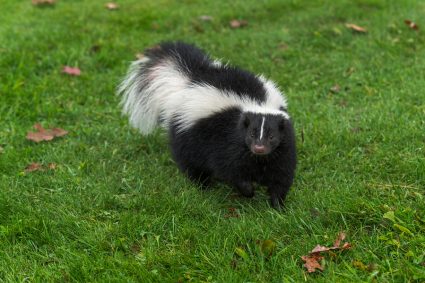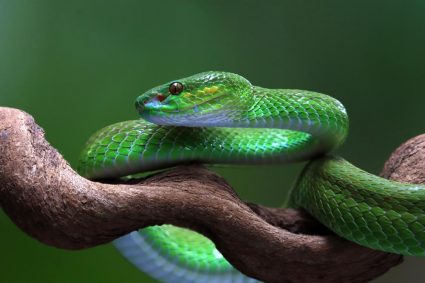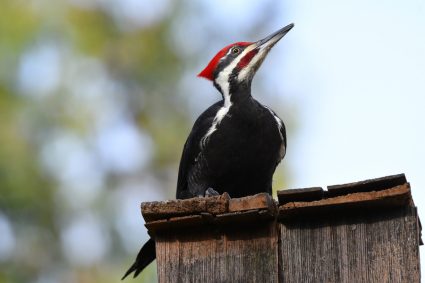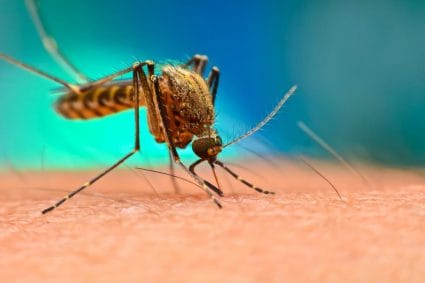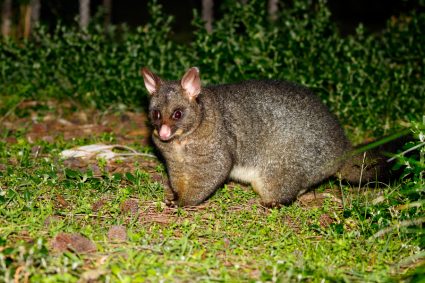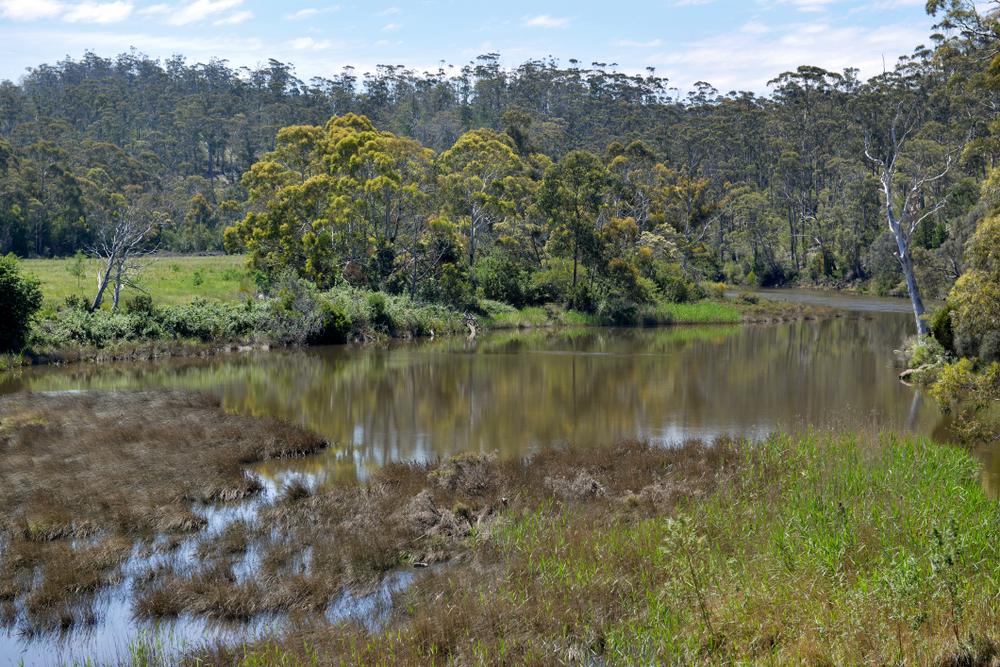
Skinks, a type of lizard, are common in many parts of the world. While they play a crucial role in the ecosystem by controlling insect populations, their presence in your yard may not always be welcome. If you’ve been wondering how to keep skinks out of your yard, you’ve come to the right place. This comprehensive guide will cover everything from understanding why skinks are attracted to your yard, common signs of infestation, effective prevention techniques, and humane removal methods.
To keep skinks out of your yard, tidy up your yard to eliminate hiding spots, use insect repellents to reduce their food sources, and install fencing. Use commercial or natural repellents like essential oils, reduce outdoor lighting, and plant skink-deterring plants such as peppermint. Ensure proper drainage to remove standing water. If skinks are already present, use humane traps and eliminate food and water sources. Regular maintenance and sealing possible entry points in your home can prevent future infestations.
Why Are Skinks Attracted to Yards?
Skinks are attracted to yards primarily due to the availability of food, shelter, and water. They are omnivores, which means they eat plants, fruits, insects, and small animals like mice. Yards with an abundance of insects, rodents, or overgrown vegetation can be particularly attractive to skinks. Additionally, skinks like to hide in dark, damp places, so clutter, debris, and loose soil or mulch can also attract them to your property.
Identifying a Skink Infestation
If you suspect a skink infestation, look for signs such as shredded skin, dead bugs, lodged eggshells, holes in the yard or garden, and skink droppings. Skinks shed their skin, leaving behind transparent and white pieces. They also feed on insects, so finding dead bugs in your home could indicate their presence.
Prevention Techniques
To prevent skinks from entering your yard, consider the following methods:
- Tidy up your yard: Skinks are less likely to inhabit cluttered areas. Keep your yard clean and debris-free to eliminate hiding spots.
- Eliminate food sources: Skinks feed on insects. Use insect repellents or natural methods to control insect populations in your yard.
- Use repellents: Commercial skink repellents are available in the form of concentrated liquid that can be sprayed around your yard’s perimeter. Essential oils like peppermint or eucalyptus can also be used as natural repellents.
- Keep the area dark: Skinks are less likely to inhabit dark areas, so reducing outdoor lighting may help deter them.
- Install fencing: A fence that is buried at least a foot underground can help prevent skinks from entering your yard.
- Use plants as deterrents: Some plants, such as peppermint, can help repel skinks. Plant these around your yard to create a natural barrier.
- Remove excess water: Skinks are attracted to moist environments, so ensure proper drainage and remove any standing water from your yard.
Safe and Humane Skink Removal
If you already have skinks in your yard, here are some safe and humane ways to remove them:
- Eliminate food sources: Skinks primarily feed on insects and pests. Reducing the number of bugs in your garden will make it less attractive to skinks.
- Remove water sources: Skinks need water to survive. Eliminate any stagnant puddles, bird feeders, or leaky sprinklers.
- Declutter your yard: Skinks are attracted to places where they can find shelter. By decluttering your yard and removing unnecessary items, you can make it less appealing for skinks to live in.
- Maintain landscaping: Keep plants trimmed and avoid letting them grow too tall or close to your house. This will help prevent skinks from finding shelter and food sources near your home.
- Use traps: You can use glue traps or live traps to catch skinks. If you choose to use live traps, be sure to release the skinks far away from your home to prevent them from returning.
- Seal entry points: Skinks can enter your home through small cracks and gaps in windows, doors, and walls. Seal these entry points with caulk or weatherstripping to prevent skinks from getting inside.
Maintaining a Skink-Free Yard
To maintain a skink-free yard in the long term, it’s important to continue implementing the prevention techniques mentioned above. Regular yard maintenance, use of natural repellents, and keeping your yard clean and tidy can go a long way in keeping skinks away.
In conclusion, while skinks are harmless and can even benefit your yard by controlling insect populations, their presence may not always be desirable. By understanding what attracts them and how to deter them, you can successfully keep skinks out of your yard. Remember, if a skink infestation becomes too difficult to handle, it’s always best to reach out to professional pest control services.
Frequently Asked Questions
What are some natural predators of skinks?
Natural predators of skinks include birds, snakes, and larger lizards. Some domestic pets like cats and dogs may also hunt skinks.
Are skinks harmful to humans or pets?
Generally, skinks are not harmful to humans or pets. They are non-venomous and prefer to flee rather than confront when threatened. However, some skinks can bite if they feel threatened, but this is not common behavior.
Can skinks cause damage to my property?
Skinks themselves do not usually cause significant damage to property. However, they can create burrows in your yard, which could potentially disrupt your garden or landscaping.
What is the lifespan of a skink?
The lifespan of a skink can vary depending on the species, but on average, skinks live for about 5 to 10 years in the wild. In captivity, they can live up to 20 years.
What time of the day are skinks most active?
Skinks are diurnal creatures, which means they are most active during the day, particularly in the early morning and late afternoon when temperatures are cooler.
What do skink droppings look like?
Skink droppings are small and typically dark in color. They often have a white cap at one end, which is a result of the skink’s urinary system.
Are there any laws protecting skinks?
Laws protecting skinks vary by location. In some areas, certain species of skinks are protected by law and it may be illegal to kill, capture, or remove them without a permit. It’s always best to check local wildlife regulations or consult with a professional pest control service.


